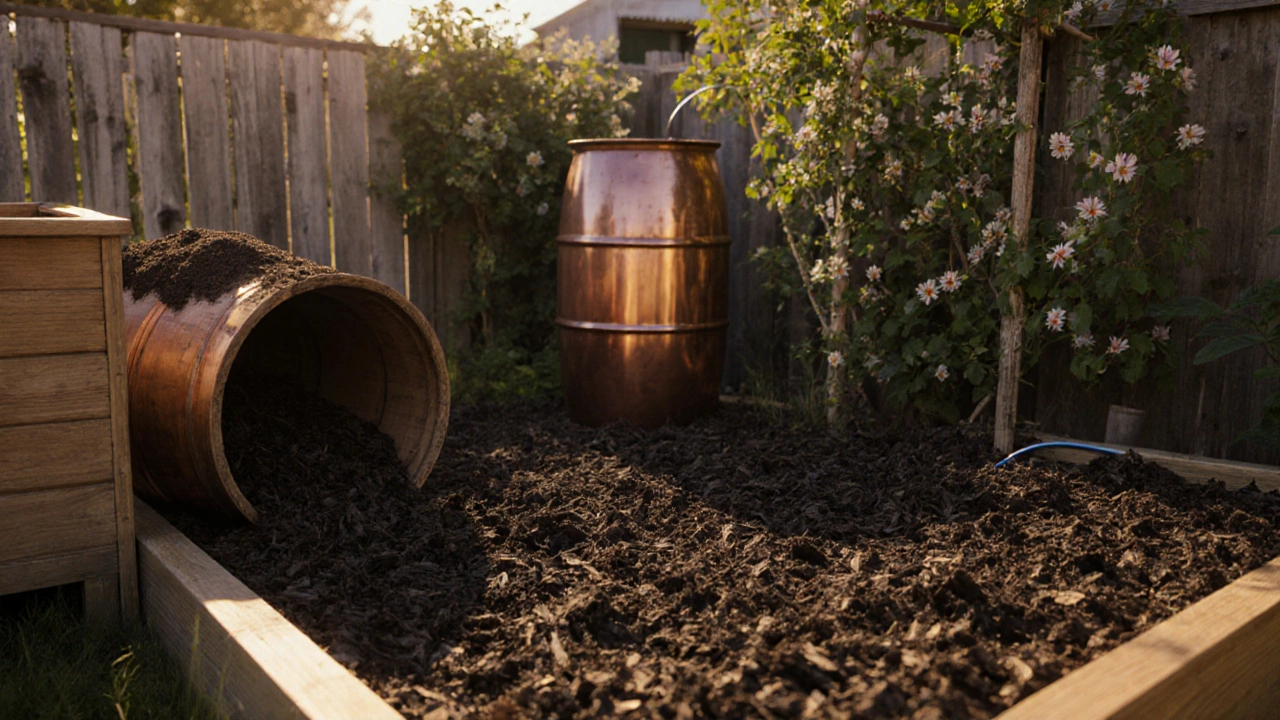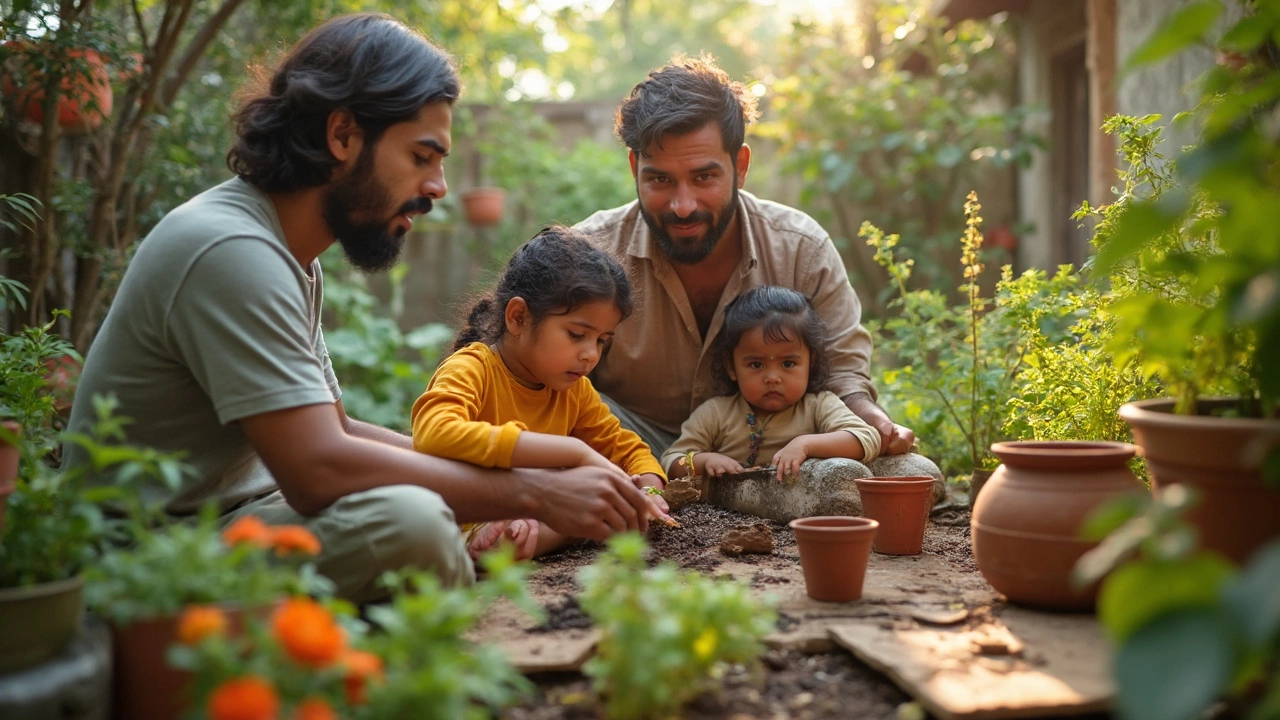Discover the top alternative names for sustainable gardening, their meanings, best uses, and practical tips for greener planting.
Eco-Friendly Gardening: Simple Ways to Grow Responsibly in India
When you practice eco-friendly gardening, a way of growing plants that protects the environment, saves resources, and supports local ecosystems. Also known as sustainable gardening, it’s not about perfection—it’s about making smarter choices every day. In India, where water is scarce and soil is often tired, this isn’t just a trend. It’s survival. You don’t need fancy gear or a big plot. You just need to understand what your plants really need—and what they don’t.
One of the biggest wins in eco-friendly gardening is composting, turning kitchen scraps and yard waste into rich, natural fertilizer. Also known as home composting, it cuts down trash, cuts out chemical fertilizers, and gives your soil life. You don’t need a fancy tumbler. A simple pile in the corner of your balcony or backyard works fine. Mix brown leaves with veggie peels, keep it damp, turn it once in a while, and in weeks you’ll have dark, crumbly soil that plants love. This isn’t magic—it’s biology, and it’s free. Then there’s drip irrigation, a system that delivers water straight to plant roots, drop by drop. Also known as water-efficient irrigation, it slashes waste. In places like Pune or Hyderabad, where taps run dry in summer, a well-maintained drip line can cut water use by half. Clogged emitters? Fix them. Leaky lines? Replace them. It’s not hard, and the savings add up fast. And when it comes to soil, you don’t need to buy bags of synthetic mix. organic soil amendments, like compost, leaf mold, or perlite. Also known as natural soil conditioners, they loosen heavy clay, help sandy soil hold water, and feed plants slowly over time. One gardener in Kerala replaced chemical fertilizers with compost and saw her brinjal yield double in two seasons.
What you’ll find below isn’t a list of perfect solutions. It’s real advice from people who’ve tried it—failed, fixed, and kept going. You’ll learn where not to plant hydrangeas on a hot balcony, how to stop rabbits from eating your zinnias, why rice can’t regrow on its own, and how to make soil so light you can work it with your hands. You’ll see how to pick the right plants for year-round color in India’s climate, and how to fix a broken drip system without calling a pro. These aren’t theory pages. They’re field notes from gardens across the country—balconies in Mumbai, terraces in Delhi, small plots in Tamil Nadu. All of them doing more with less, and doing it without harming the land.
Starting a sustainable garden doesn’t need to be complicated or expensive. This article will walk you through simple steps to grow your own eco-friendly garden, focusing on practical techniques that save resources and support the local ecosystem. You'll find real-life tips on choosing the right spot, building healthy soil, picking smart plants, and managing your garden to use less water and chemicals. Whether you have a big backyard or a tiny balcony, these ideas will help you make a positive impact. Get ready to turn your outdoor space into a low-waste, green haven.
Curious about the most sustainable plant for your garden? This article cuts through greenwashing and trends, spotlighting the true champions of eco-friendly gardening. You'll learn which plants save the most water, rebuild soil, and require hardly any upkeep. From native varieties to permaculture stars, these tips make garden sustainability simple. Get practical advice you can use—even if your thumb isn’t exactly green.


